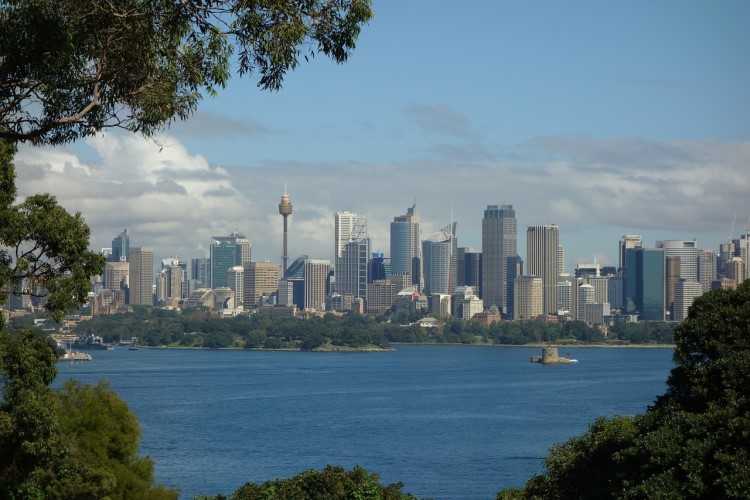
State governments need to exert more effort if they want to boost their supply of affordable housing, a study by the Australian Housing and Urban Research Institute (AHURI) revealed.
As it turns out, state governments are lacking the initiative to leverage on their planning powers to make an abundant supply of cheap homes a reality – only South Australia was able to extensively roll out inclusionary zoning, vital to establishing affordable housing, according to the Domain Group.
University of Sydney professor Nicole Gurran, the lead researcher of the study, said the current planning system has floundered.
"It’s extraordinary, that in Australia’s capital cities, which have some of the most expensive housing in the world, [governments] haven’t rolled out mandatory affordable housing requirements," Gurran said.
And while some studies suggest that building more houses alone would result in cheaper prices, Gurran said this would not be sufficient to make the market more affordable.
Also Read: What are the merits of solving Australia’s housing affordability crisis?
The AHURI report compared the housing market of Australia to those of the United Kingdom and the United States, identifying planning efforts of each market to boost affordable homes creation.
"Our research found that in England and Scotland, the general expectation is for 20 to 40 percent of new housing developments to be affordable housing across the continuum of needs and options,” Guran said.
Between 2005 and 2016, the UK managed to build 85,000 affordable houses. During the same time, South Australia and New South Wales were only able to establish 2,009 and 1,287 affordable dwellings, respectively.
In South Australia, affordable housing makes up 17% of all homes built and those still in the pipeline. In New South Wales, such housing accounted for only as much as 1% of the supply from 2009 to 2017.
Gurran noted that in South Australia, the model is targeted to selling houses at below market rate, rather than renting these out. This practice makes it easier to mandate inclusionary zoning.
Aside from New South Wales, Victoria has yet to find its footing in establishing such scheme. In fact, it has just recently introduced a pilot inclusionary zoning program.
Victorian Council of Social Service chief executive Emma King said the over 140,000 households in the state are suffering from rental stress – which makes it reasonable to demand the state government to urgently pass an inclusionary zoning scheme.
King added that even with Victoria's pilot program's plan to build 100 new social housing dwellings on surplus government land, there is still a lot to be done.
“The Victorian government should urgently legislate mandatory inclusionary zoning for affordable housing in multi-unit developments, including a proportion of social housing. In 2016, private developers began construction of about 30,000 apartments in Victoria. If only a few percent of these were reserved for social and affordable housing, thousands of extra Victorians would be able to move into a home," King said.
However, Urban Taskforce chief executive Chris Johnson noted that governments need to be cautious in rolling out affordable housing schemes.
He posited that with developers reducing their profit margins to build affordable housing, the prices of other homes would likely skyrocket to offset the losses. This would result in a considerable decline in overall market affordability and sales.
"You want to make sure you don’t kill the goose that lays the golden egg, where you just don’t get enough housing supply happening in the end to fund the affordable housing," he said.
Related Stories:
Can anything solve Australia’s affordability crisis?
How zoning restrictions impact the cost of housing’









 Add Category
Add Category